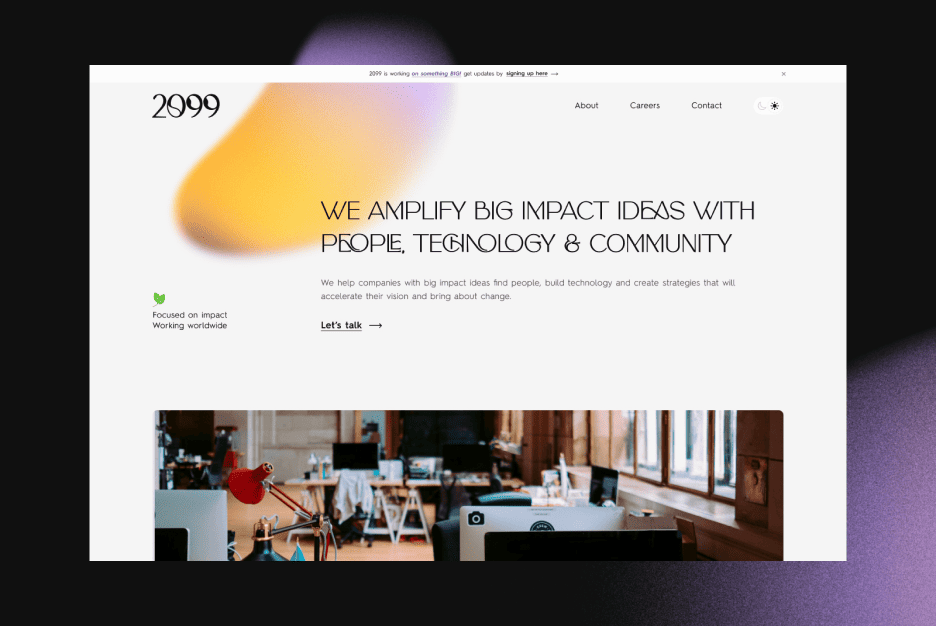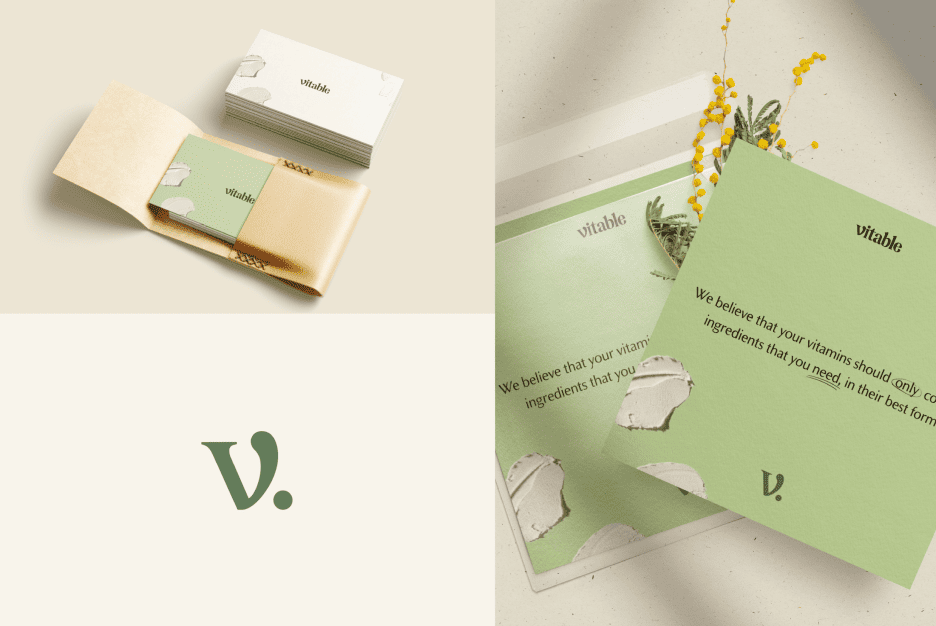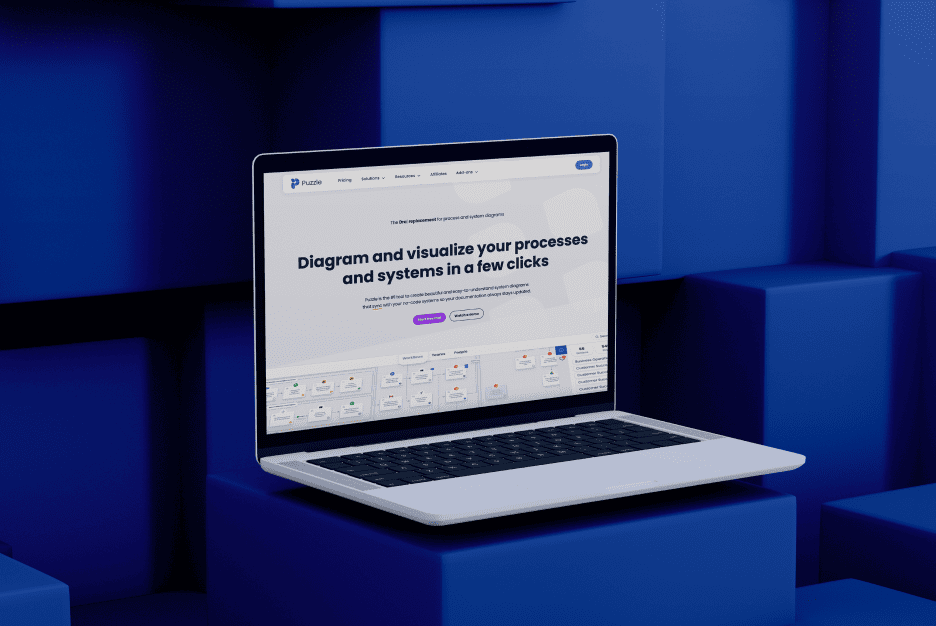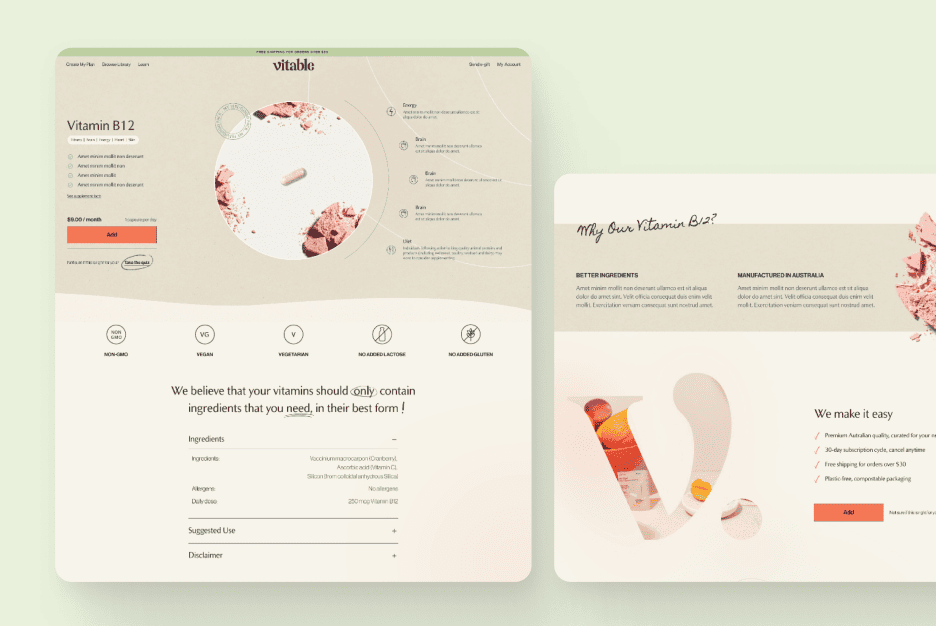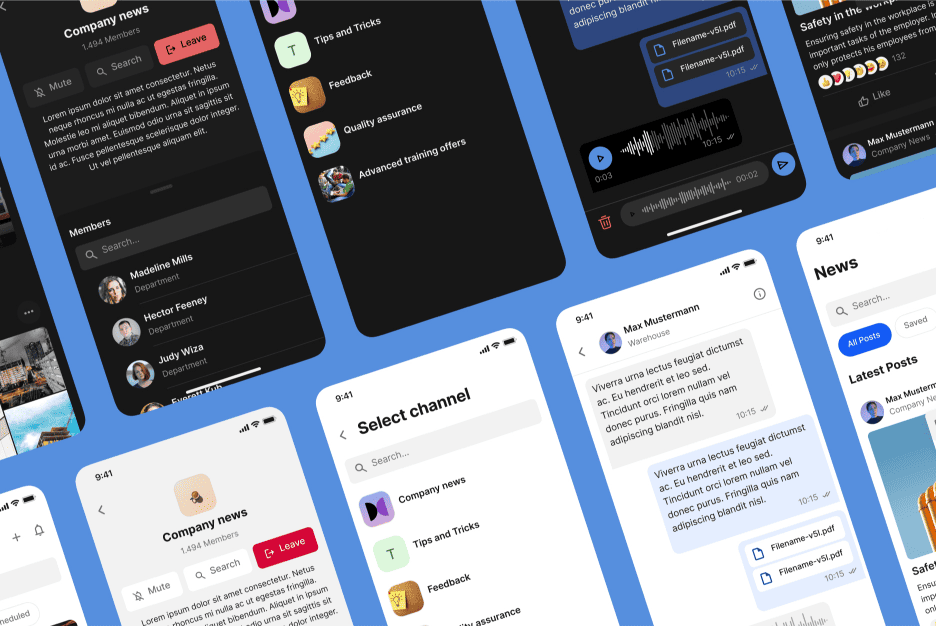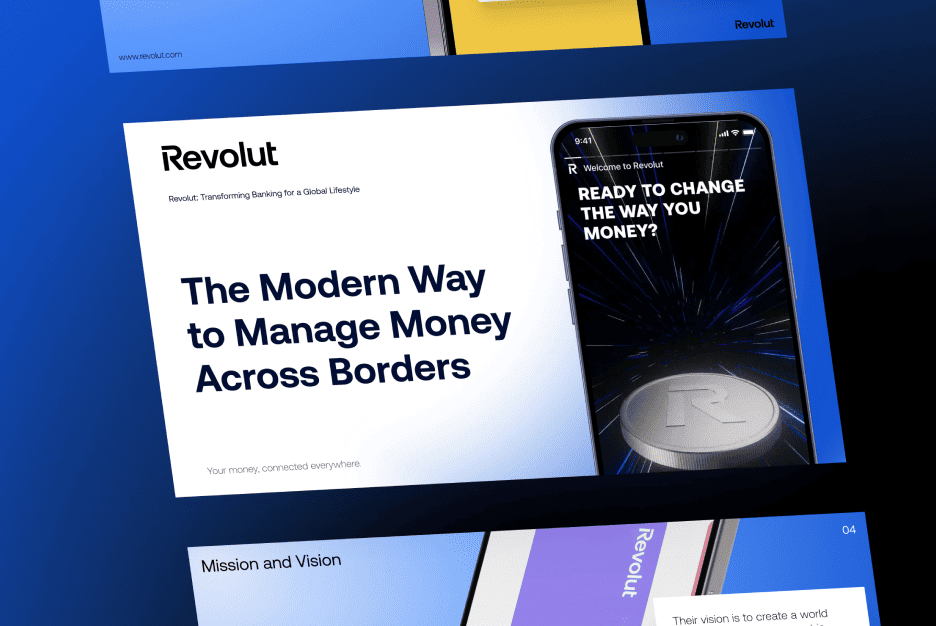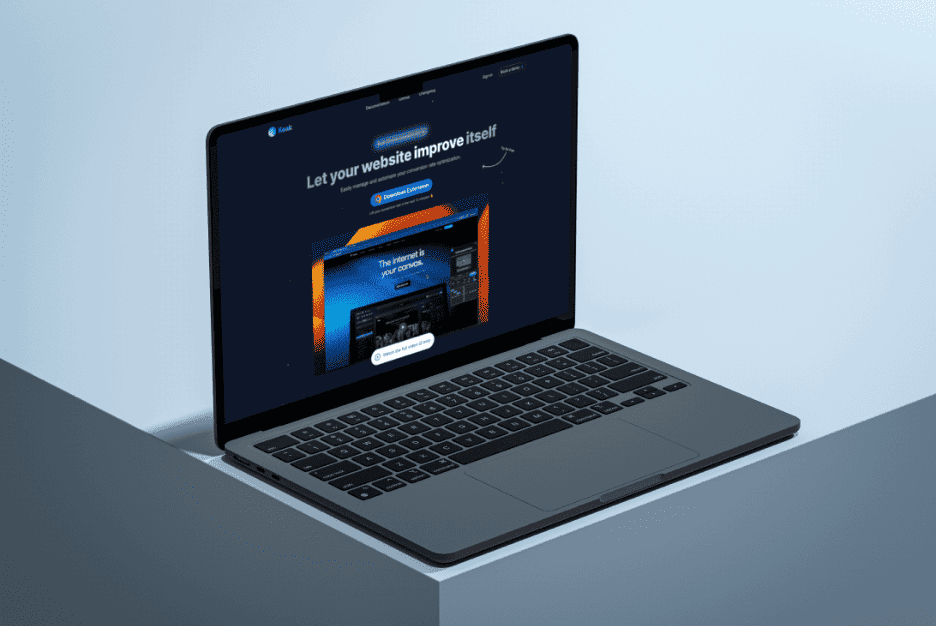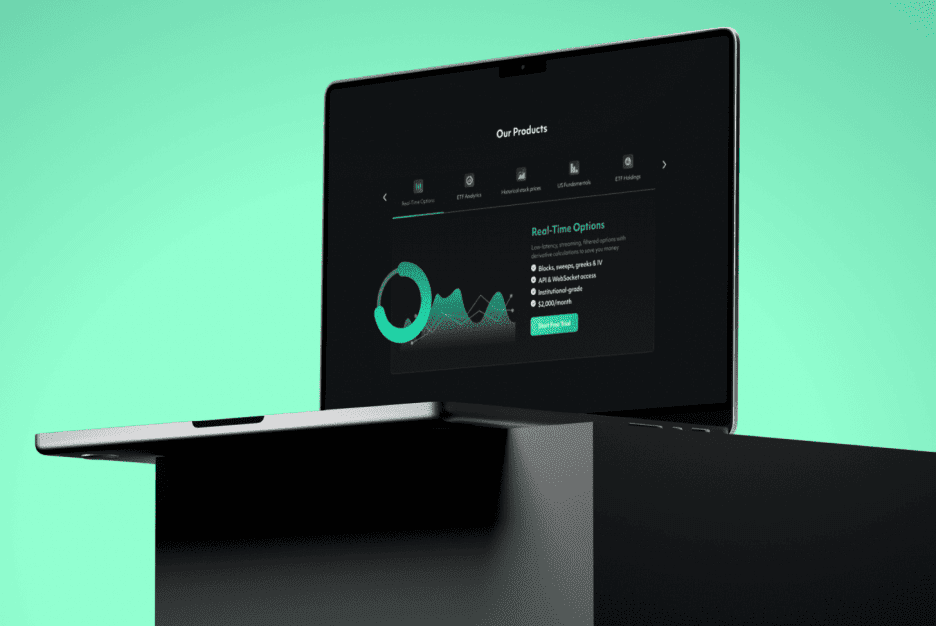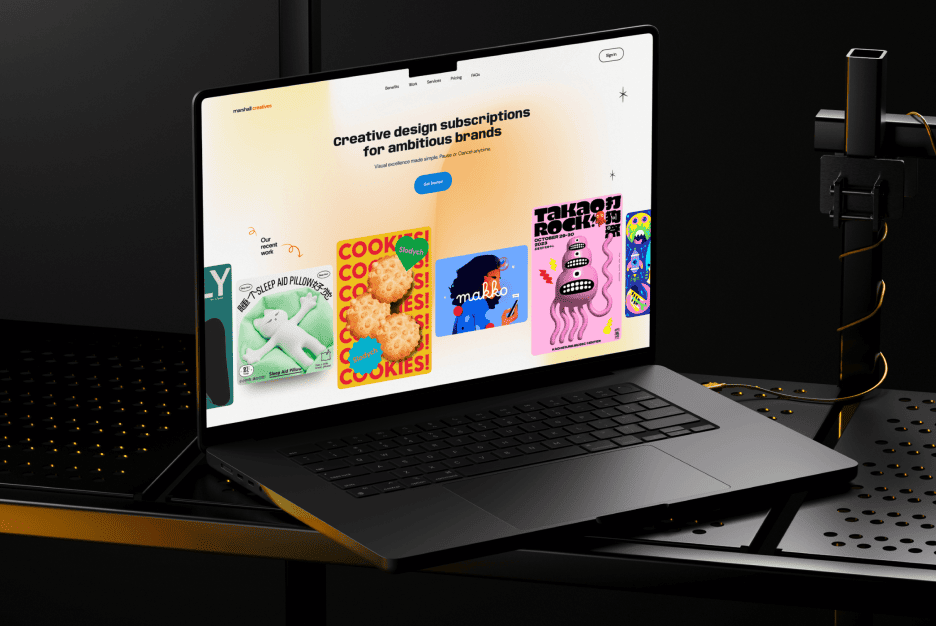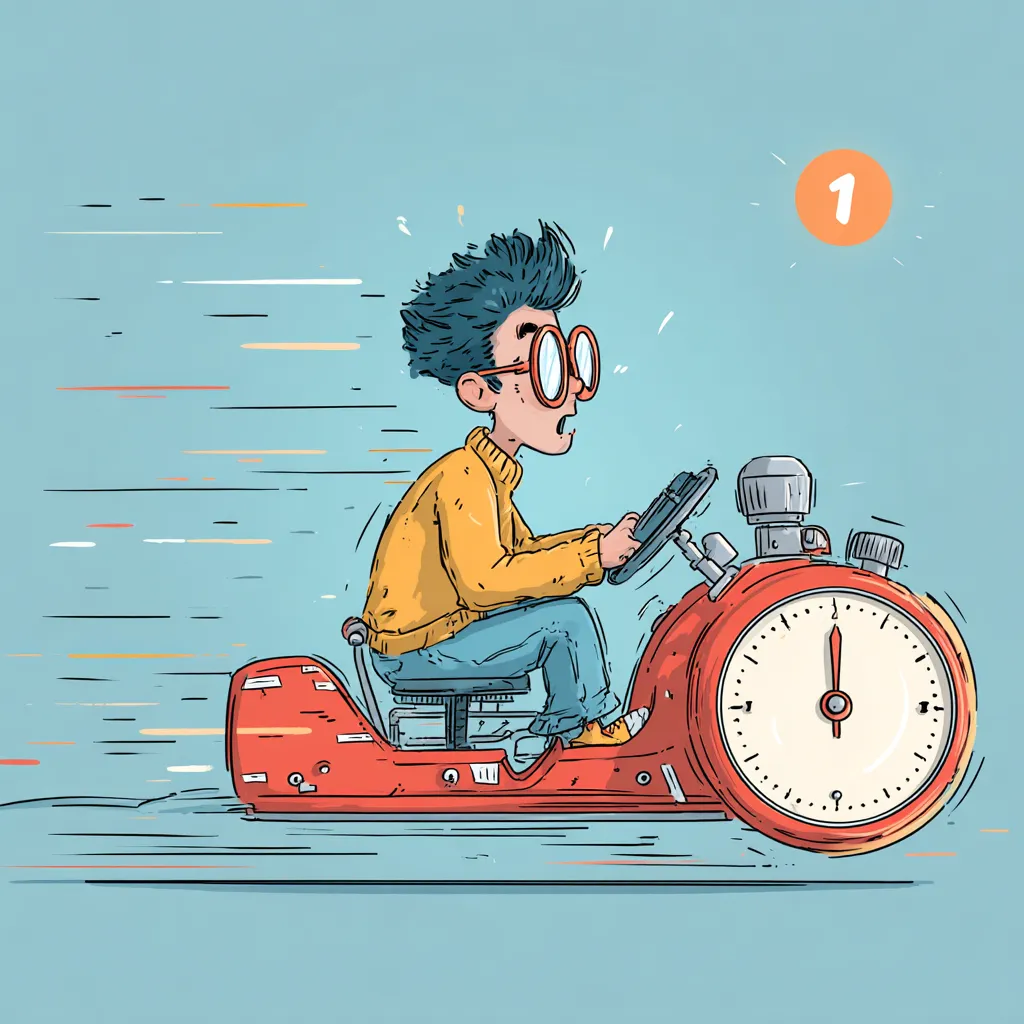A site that pops open almost instantly feels like pure magic. People click a link and—boom—it’s there. Hitting that speed isn’t just a brag; it keeps visitors around, pleases search engines, and proves you care about every little detail of user experience. Let’s dive into how to hit sub-second load times without wrecking your visuals.
Myth or Reality Can a Site Load in Under One Second
Some folks think a page that loads in less than a second is a fairy tale. But research from Google and other tech giants shows it’s totally doable. There’s no single miracle trick—it’s a bunch of small tweaks working together.
Real examples back it up. Big e-commerce players shave off milliseconds to boost sales, and even personal blogs can reach that lightning pace with the right setup. The real myth is that you have to sacrifice bold Color Schemes or strong Branding to get there.
Why Page Speed Can Make or Break Your Business
Every extra second of waiting costs potential customers. Studies from Amazon and Walmart show that a one-second delay can slash revenue in a big way. Online attention spans are microscopic, so a slow site practically begs visitors to leave.
Fast performance also ties directly to SEO. Search engines reward speedy pages with better rankings, bringing more organic traffic without extra ad spend. That’s a double win—happy users and happier algorithms.
Choosing Hosting and a CDN for Instant Response
Even the cleanest code can’t save you if your server is sleepy. Pick hosting built for speed—solid-state drives, plenty of resources, and a solid uptime record. Add a global CDN so content gets delivered from servers close to your visitors, wherever they are.
Some pros even stack multiple CDNs for critical assets like images or scripts. It sounds geeky, but the payoff is huge when your audience is spread around the world.
Minifying and Compressing Code Without Losing Quality
Trim every unnecessary byte. Minify JavaScript, CSS, and HTML so browsers download less but still render the same slick interface. Use gzip or Brotli compression for an extra squeeze.
Before deploying, run tools that spot bloated libraries you don’t really need. Dropping a single heavyweight dependency can feel like clearing a messy closet—you’ll notice the difference immediately.
Optimizing Images and Video Without Hurting Design
Pictures and clips usually weigh the most. Switch to next-gen formats like WebP or AVIF to keep visuals sharp at a fraction of the size. Serve different resolutions based on device to avoid wasting data.
Want to protect your Branding? Keep your chosen Color Schemes and style while trimming file sizes. No one will notice the diet, but they’ll love the snappy feel.
Lazy Loading Content for a Lightning-Fast Start
Why load everything at once when most visitors never scroll that far? Lazy loading waits until elements are about to appear on screen before fetching them, so the first view shows up instantly.
It’s perfect for long pages packed with media. Pair it with subtle Micro-UX touches—like tiny loading animations—to keep the experience smooth and fun.
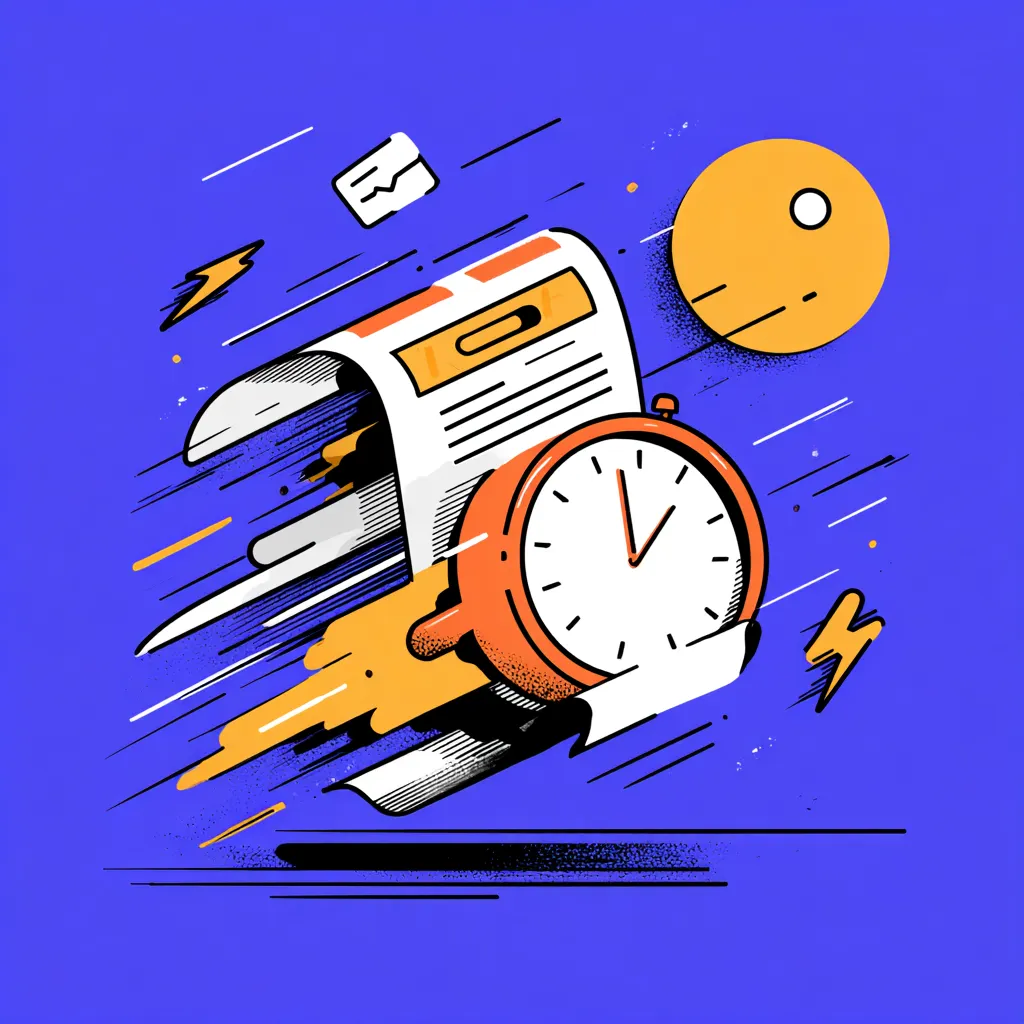
Moving Heavy Scripts and Loading Them Asynchronously
Big scripts can block rendering. Mark them as async or defer so the browser can keep painting while the code downloads in the background. Moving non-critical JavaScript to the bottom of the page can shave precious time off the first paint.
If you’re tracking analytics or adding Gamification features, load those scripts after the essentials. Visitors see content first while the extras slip in quietly.
Modern File Formats That Save Milliseconds
Think beyond images—fonts, audio, and icons matter too. Variable fonts reduce requests, and compressed SVGs beat old-school PNG icons any day.
Before launch, run a quick audit with tools like Lighthouse to catch outdated file types. Small wins across dozens of assets add up to serious speed.
Progressive Rendering for an Instant First Screen
Progressive rendering shows users something useful right away instead of a blank white page. Inline critical CSS so the top of the site paints instantly while the rest streams in.
Here are a few easy moves to create that instant-ready feel:
- Inline above-the-fold CSS
- Prioritize visible images
- Preload key fonts and hero visuals
These tricks make the site feel complete even before it fully loads.
Real-World Sites That Hit Sub-Second Loads
Plenty of real projects prove it’s achievable. A major news outlet dropped its median load time to 0.8 seconds with a CDN, aggressive caching, and leaner code. An indie gaming portal reached similar numbers after removing unnecessary third-party scripts and polishing Micro-UX details.
What all these successes share is a holistic approach. They didn’t rely on a single fix—they tested, measured, and kept improving. Your site can absolutely join that club with steady tuning and a bit of creative hustle
